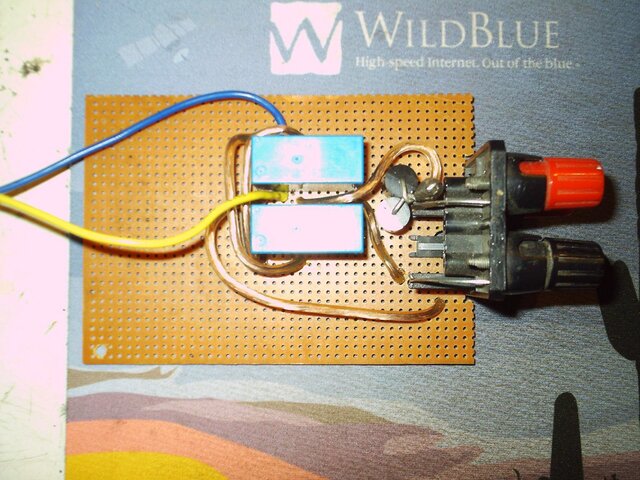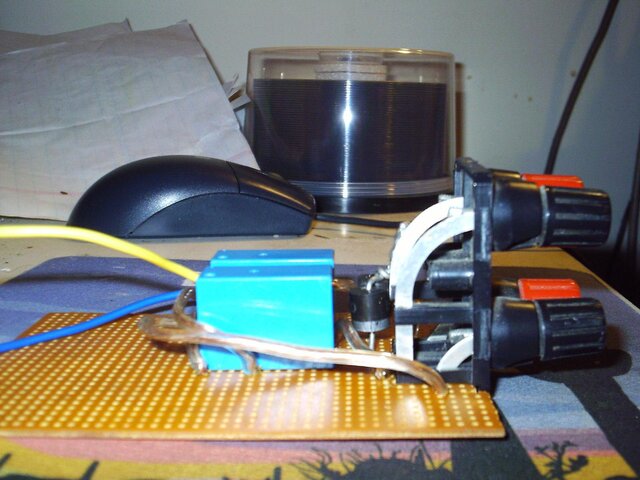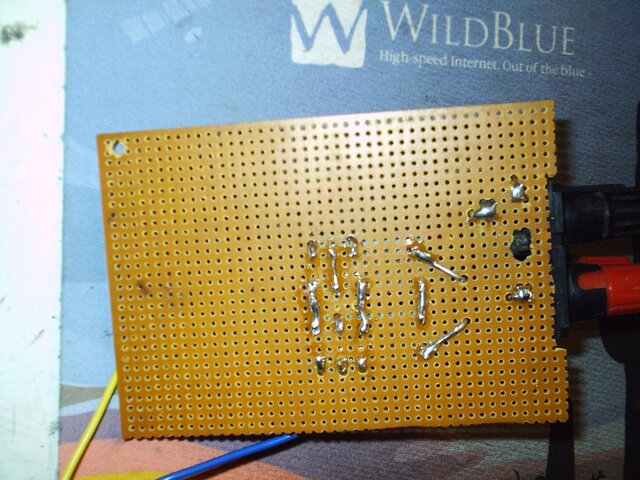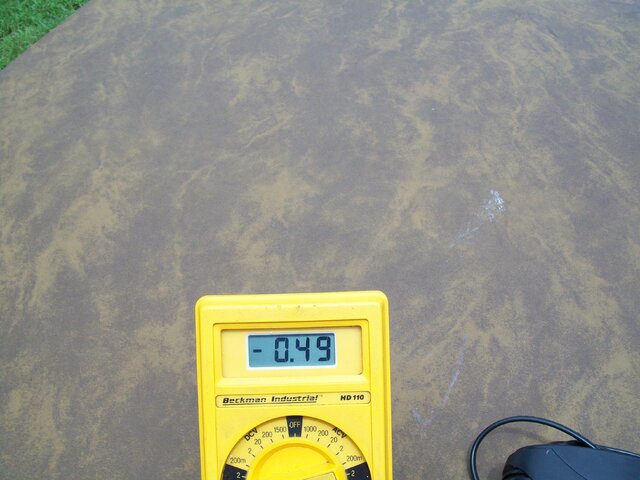i was looking at the specs on my vbox and noticed it had a max current rating of 2.2 amps, and my von weise actuator has a max current draw of 2.75 amps.....
my first thought was D*mn!TTTTTT!!!!!!!!!!!
i am sure that that would be hard on the small transformer in the vbox, and probably eventually burn it up.
so i designed a fairly simple circuit to take the strain off of the vbox
if you don't have experience in electrical circuits, and if you don't understand this circuit fully, DON'T TRY BUILDING IT!!!!!
THIS CIRCUIT DOES USE LETHAL VOLTAGE!!!
IF YOU DO SOMETHING WRONG, YOU COULD BE KILLED OR FRY EXPENSIVE EQUIPMENT.
TRY IT AT YOUR OWN RISK!!!!!
(sorry about the caps)
anyway, with the disclaimer out of the way, heres the schematic.
hope this helps some of you with h-h motors and actuators that draw lots of current.
Denny
my first thought was D*mn!TTTTTT!!!!!!!!!!!
i am sure that that would be hard on the small transformer in the vbox, and probably eventually burn it up.
so i designed a fairly simple circuit to take the strain off of the vbox
if you don't have experience in electrical circuits, and if you don't understand this circuit fully, DON'T TRY BUILDING IT!!!!!
THIS CIRCUIT DOES USE LETHAL VOLTAGE!!!
IF YOU DO SOMETHING WRONG, YOU COULD BE KILLED OR FRY EXPENSIVE EQUIPMENT.
TRY IT AT YOUR OWN RISK!!!!!
(sorry about the caps)
anyway, with the disclaimer out of the way, heres the schematic.
hope this helps some of you with h-h motors and actuators that draw lots of current.
Denny
Attachments
Last edited:







